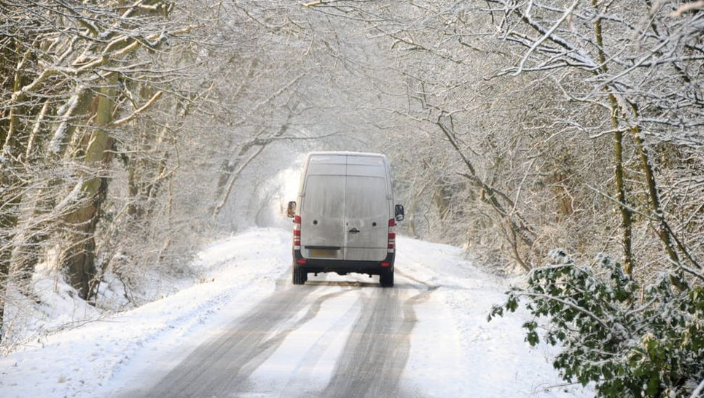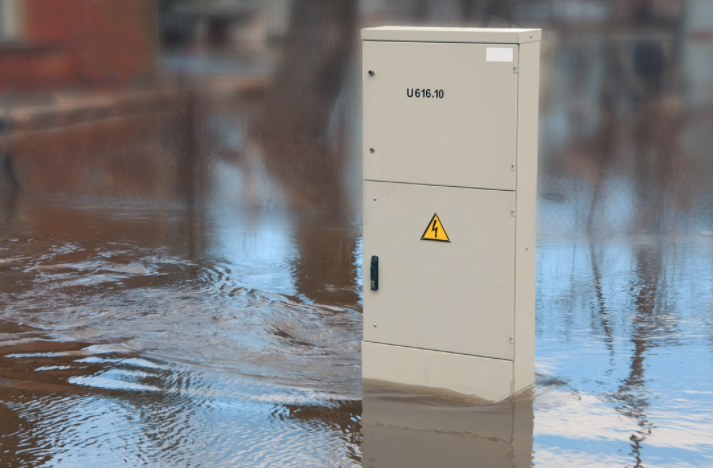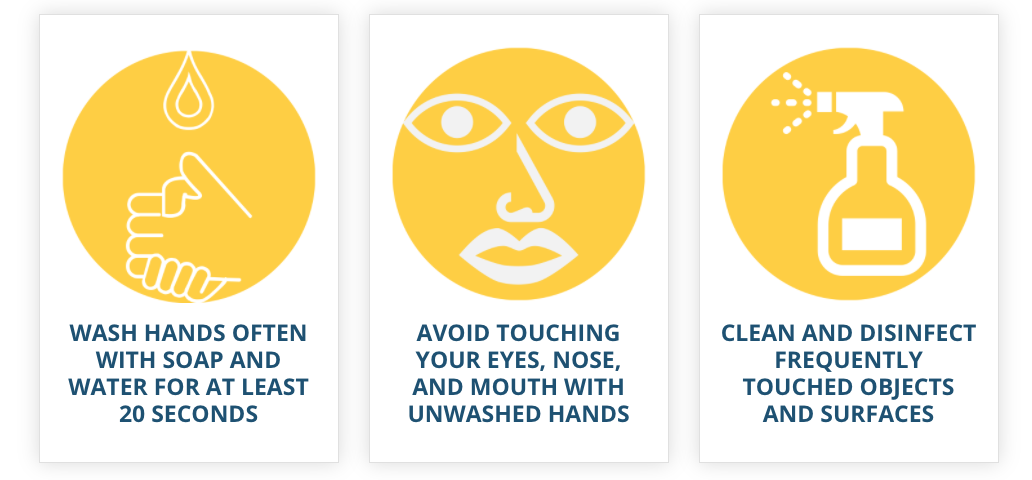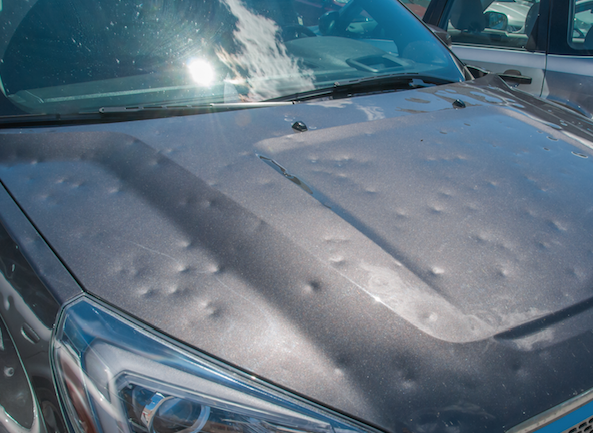Preparing Your Fleet for Winter

When fleet vehicles are not available for use, your company can experience a trickle-down effect. You may have to adjust work schedules, lose possible sales and clients may be left dissatisfied.
In order to minimize this risk and reduce your fleet expenses this winter, check out these five areas of your vehicles to inspect and fix before cold weather sets in. This preventive maintenance also can help keep your fleet on the road this winter.
1. Inspect Your Tires
Tire inflation is always a primary concern, regardless of the weather. Underinflated tires suffer from excessive wear, especially on the sidewalls, and the added friction reduces fuel efficiency. Overinflated tires offer less grip on the road, and they run a higher risk of tread separation and damage from road debris and potholes. Tire pressure can vary greatly in the course of a day as temperatures rise and fall. So check it at mid-shift as well as the beginning of each day.
Depending on your climate, you might save money over time by investing in two sets of tires for your fleet vehicles, one for winter and one for summer months. Tires designed for specific weather offer superior grip and added safety for your employees that all-weather tires don’t match.
2. Replace Worn Brakes and Water Pumps
Replace both of these vital parts before they wear out. Brake pads that are worn thin can become brittle in cold weather, cracking and reducing the car’s ability to respond to the driver. This could put the driver at a significant risk of an accident.
Water pumps housed inside the timing belt housing are expensive to replace due to the labor involved. Having them replaced anytime the timing cover is removed is a cost-effective way to maintain them. Read More




























